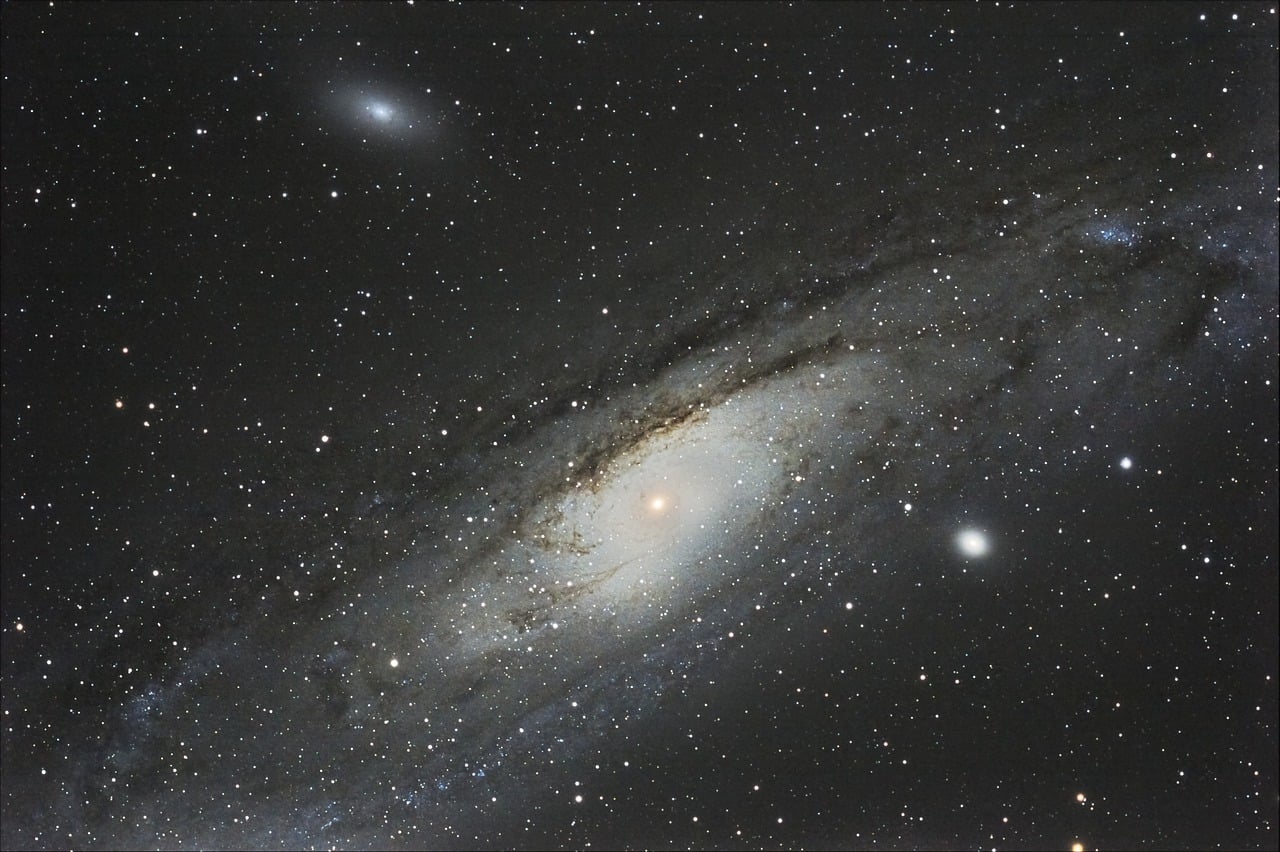For the first time ever, astrophysicists have managed to detect several planets in a galaxy which is farther away than we can imagine. The discovered planets greatly range in their size. While some appear to be as small as our natural satellite, the Moon, there are some the size of Jupiter. Scientists have already discovered planets in different galaxies, such as those in our neighboring galaxy Andromeda, but this is the first time that they have discovered planets in a galaxy 3.8 billion light years away.
Advanced technique
Detecting exoplanets is quite difficult, especially outside of our Milky Way galaxy. However, researchers at the University of Oklahoma used gravitational microlensing, which is a powerful technique, which was also predicted by Albert Einstein’s theory of general relativity.
This technique was used to detect exoplanets in the Milky Way. Additionally, this technique is the only reliable method to find super-small planets, and planets that are located thousands of light-years away.
While the planet is orbiting a star, the gravitational field of the system is able to bend the light coming from a distant star which is behind it. Astrophysicists successfully identified 53 exoplanets within the Milky Way thanks to this technique. In order to discover planets in a galaxy which is further away, scientists would have to use something stronger than the light of a single star.
Xinyu Dai and Eduardo Guerras, astronomers from the Oklahoma University, have been studying a quasar 6 billion light-years away, dubbed RX J1131-1231, which is one of the best gravitationally lensed quasars.
According to ScienceAlert, the gravitational field of a galaxy 3.8 billion light-years away between us and the quasar is bending the light in an order that creates four images of the quasar. That quasar is a supermassive black hole which is active, but also extremely bright when observed through X-ray. The brightness is achieved through the heat on its accretion disc.
They used data from NASA’s Chandra X-ray observatory only to find that there was the existence of peculiar line energy shifts in the quasar’s light. It turned out that there were roughly 2,000 planets in the galaxy. The masses of the planets were anywhere between our Moon and Jupiter.
“We are very excited about this discovery. This is the first time anyone has discovered planets outside our galaxy,” Dai said in a statement.
“This is an example of how powerful the techniques of analysis of extragalactic microlensing can be,” Guerras said. “This galaxy is located 3.8 billion light years away, and there is not the slightest chance of observing these planets directly, not even with the best telescope one can imagine in a science fiction scenario. However, we are able to study them, unveil their presence and even have an idea of their masses. This is very cool science.”
The researchers published their findings in The Astrophysical journal.





